 Snow Geese at Paroquet
Snow Geese at Paroquet
Entry Category: Science and Medicine - Starting with S
 Snow Geese at Paroquet
Snow Geese at Paroquet
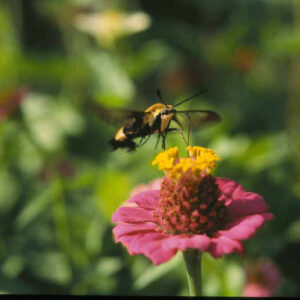 Snowberry Clearwing
Snowberry Clearwing
Snyderman, Nancy Lynn
 Patricia Wright and Edwina Walls Mann
Patricia Wright and Edwina Walls Mann
Society for the History of Medicine and Health Professions
 Lidia Gertrudis Sogandares
Lidia Gertrudis Sogandares
 Lidia Gertrudis Sogandares
Lidia Gertrudis Sogandares
Sogandares, Lidia Gertrudis
 Solar Eclipse of 1834
Solar Eclipse of 1834
Solar Eclipse of 1834
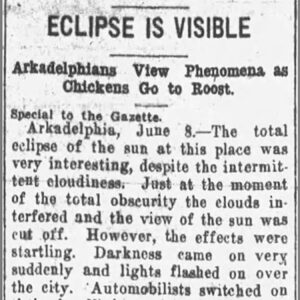 Solar Eclipse of 1918
Solar Eclipse of 1918
Solar Eclipse of 1918
 Solar Eclipse Beer
Solar Eclipse Beer
 Solar Eclipse Beer
Solar Eclipse Beer
 Solar Eclipse Info
Solar Eclipse Info
 Solar Eclipse Shirts
Solar Eclipse Shirts
 South End
South End
 James Southall
James Southall
Southall, James Henry
Southern Cavefish
aka: Typhlichthys subterraneus
 Southern Dogface
Southern Dogface
 Southern Hospital
Southern Hospital
Speckled Pocketbook
aka: Lampsilis streckeri
 Sperindio Hotel
Sperindio Hotel
Sponges
 Springfield-Des Arc Bridge
Springfield-Des Arc Bridge
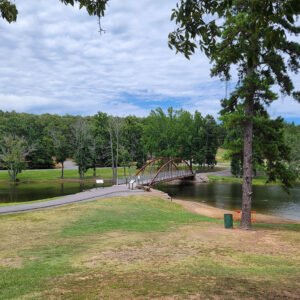 Springfield-Des Arc Bridge
Springfield-Des Arc Bridge
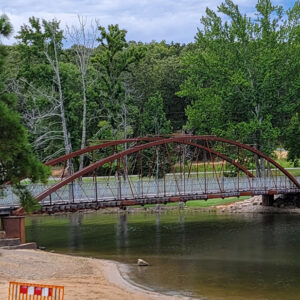 Springfield-Des Arc Bridge
Springfield-Des Arc Bridge
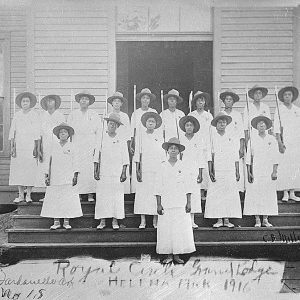 SRCFW Women
SRCFW Women
St. Anthony’s Hospital
aka: CHI St. Vincent Morrilton
 St. Anthony's Hospital
St. Anthony's Hospital
St. Bernards Healthcare
 St. Bernards Hospital
St. Bernards Hospital
 St. Francis River Bridge
St. Francis River Bridge
 St. Johns College and U.S. Hospital
St. Johns College and U.S. Hospital
St. Joseph’s Home
aka: St. Joseph Center
St. Vincent Hot Springs
aka: St. Joseph's Mercy Health Center
aka: Mercy Hot Springs
aka: CHI St. Vincent Hot Springs
St. Vincent Infirmary
aka: CHI St. Vincent
Stern’s Medlar
aka: Crataegus × Canescens
aka: Mespilus canescens
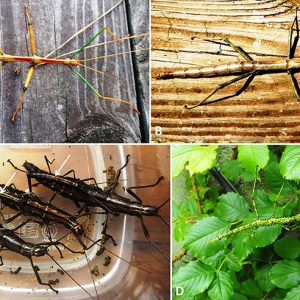 Stick Insects
Stick Insects
Stobaugh, Robert Blair
 Robert Stobaugh and Daniel Yergin
Robert Stobaugh and Daniel Yergin
 Robert Stobaugh
Robert Stobaugh
 Robert Stobaugh Award Presentation
Robert Stobaugh Award Presentation
Stoneflies
Strepsiptera
aka: Twisted Wing Parasites
aka: The Stylops
Striped Bark Scorpions
aka: Centruroides vittatus
Sturgeons
 Stuttgart Sanitarium
Stuttgart Sanitarium




